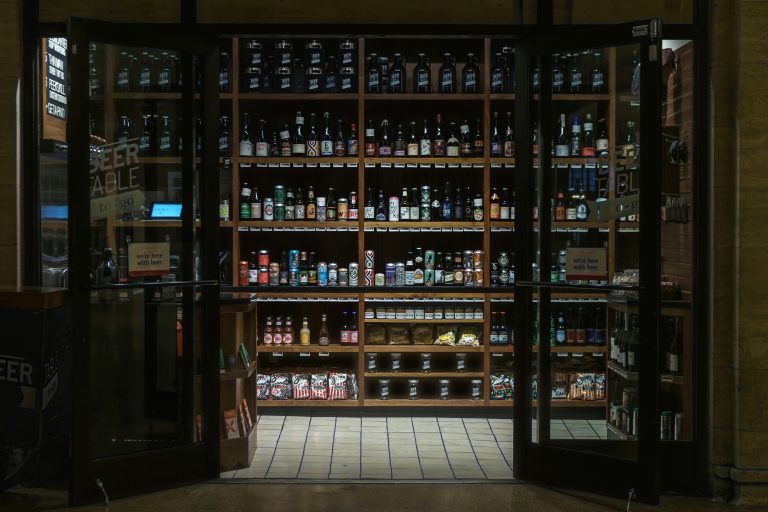The Evolution of Ecommerce: From Brick-and-Mortar to Click-and-Order
Ecommerce, short for electronic commerce, has revolutionized the way we shop and do business. Gone are the days when consumers had to physically visit stores to make purchases. With the rise of the internet, online shopping has become increasingly popular, offering convenience and accessibility like never before.
The concept of ecommerce can be traced back to the 1970s when the first online transactions took place. However, it wasn’t until the 1990s that ecommerce truly took off with the advent of websites like Amazon and eBay. These platforms paved the way for a new era of shopping, where consumers could browse and buy products from the comfort of their own homes.
One of the key advantages of ecommerce is its global reach. Unlike traditional brick-and-mortar stores, online retailers can cater to customers from all over the world. This has opened up new opportunities for businesses to expand their customer base and reach a wider audience.
Another benefit of ecommerce is the ability to personalize the shopping experience. With the use of data analytics and algorithms, online retailers can track customer preferences and provide personalized recommendations. This not only enhances the customer experience but also helps businesses boost sales and customer loyalty.
Mobile commerce, or m-commerce, is another trend that has shaped the ecommerce landscape. With the proliferation of smartphones and tablets, consumers can now shop on the go, anytime and anywhere. This has led to a surge in mobile shopping apps and optimized websites, making it easier for consumers to make purchases on their mobile devices.
As ecommerce continues to evolve, new technologies like artificial intelligence and virtual reality are being integrated into the shopping experience. AI-powered chatbots assist customers with their inquiries, while VR technology allows shoppers to virtually try on products before making a purchase.
In recent years, the Covid-19 pandemic has further accelerated the growth of ecommerce. With lockdowns and social distancing measures in place, more consumers have turned to online shopping as a safe and convenient alternative to in-store shopping. This shift in consumer behavior is expected to have a lasting impact on the ecommerce industry.
Looking ahead, the future of ecommerce is bright, with continued innovations and advancements on the horizon. From same-day delivery services to drone deliveries, the possibilities are endless. As technology continues to advance, ecommerce will undoubtedly play a pivotal role in shaping the way we shop and do business.
In conclusion, ecommerce has come a long way since its inception, transforming the retail landscape and redefining the shopping experience. With its convenience, accessibility, and global reach, ecommerce is here to stay, driving the future of retail towards a digital age.






 VEVOR Pop Up Gazebo Screen Tent, Pop-Up Instant Gazebo Tent with Mosquito Netting Outdoor Canopy, 6 Sided Sun Shelter 10x10ft with 6 Removable Wind Cloths & 2 Mesh Windows, Pavilion Tent for Patio
VEVOR Pop Up Gazebo Screen Tent, Pop-Up Instant Gazebo Tent with Mosquito Netting Outdoor Canopy, 6 Sided Sun Shelter 10x10ft with 6 Removable Wind Cloths & 2 Mesh Windows, Pavilion Tent for Patio